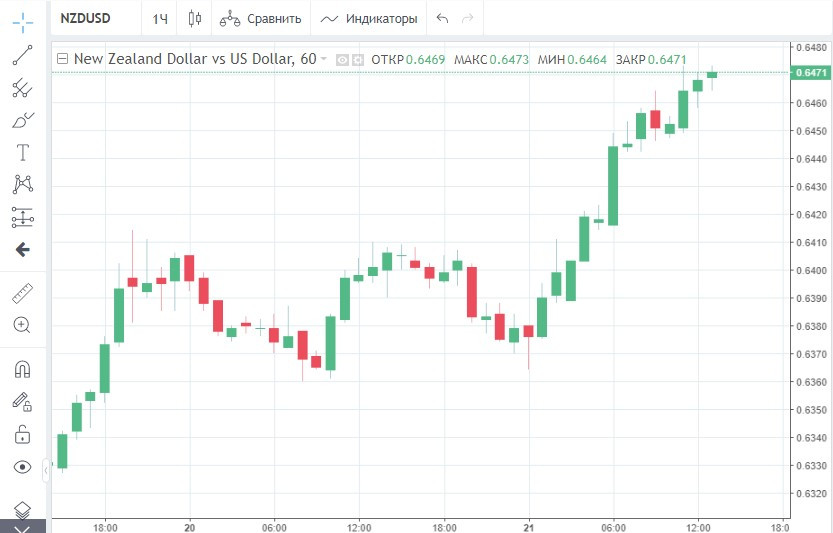
Commodity currencies grow sharply at the beginning of the week. The Australian and New Zealand dollars were supported by a surge in risk appetite.
In anticipation of the end of the lockdown in China's largest financial center, Shanghai, the demand for stocks rose.
Quarantine restrictions have been in effect in the city of 25 million people since the end of March. Most of them are expected to be lifted by June 1.
At the same time, optimism about global economic growth triggered a surge in high-risk commodity currencies. For example, the Australian and New Zealand dollars rose to their highest levels in weeks.
The Aussie jumped by 0.7% this morning to 70.92 cents.

Meanwhile, the New Zealand dollar soared 1.1% to its highest since May 5 at 64.62 cents.

The Australian and New Zealand dollars managed to recoup some of the losses suffered this quarter. Both currencies have had the worst performance among the Group of Ten since April.
The Aussie and Kiwi have been under pressure from the strong US dollar over the past few weeks. Amid aggressive rate hikes in the US, the greenback index rose to a new 20-year high of 105,010 this month.
However, at the beginning of the new working week, the US currency is trading at 2% below the record level amid the return of appetite for risky assets.On Monday morning, its rate fell by 0.1% from Friday's close to 102.790 points.
By the end of last week, the US dollar showed the first decrease in 7 weeks. The weakness of the greenback allowed the Aussie to make its first weekly rise since the end of March.
Since the beginning of the week, the Aussie has received a little boost from the center-left Labor Party's victory in Australia's federal election on Saturday.
The good news for the Australian currency is that this is the first change of government in almost 10 years. The bad news is that the new government is unlikely to change the pace of interest rate hikes in Australia.
A fresh comment from Reserve Bank of Australia (RBA) Assistant Governor Christopher Kent adds to the pessimism about monetary policy.
On Monday morning, the official hinted at a gradual reduction in the Australian Central Bank's balance sheet for this and the coming year:
– This year's asset reduction plan calls for only $4 billion in bond redemptions, and we expect the figure to rise to $13 billion in 2023.
This abundance of funding indicates that the target money rates will remain low for a few years.
As for the monetary policy of the Reserve Bank of New Zealand, the base interest rate may rise as early as this week.
Markets are now expecting the RBNZ to raise the rate on Wednesday by 50 bps to 2%. The regulator's hawkish scenario adds momentum to the NZD/USD pair, which is now at a 3-week peak.
Thanks to the return of risk sentiment to the stock markets the AUD/USD pair is also showing great movements. It is firmly above the 21-day moving average this morning.
Bulls need to close above this level to continue the uptrend in the AUD/USD pair because this level coincides with the resistance line of the downtrend.
If the Aussie dollar continues to be in demand in the near future, it might lead it to test the high of 0.7135 from May 6.
If the AUD/USD does not manage to keep above the 21-day moving average by the end of the day, bears will return to the market and pull the Aussie back to Friday's low of 0.7002.
 English
English 
 Русский
Русский Bahasa Indonesia
Bahasa Indonesia Bahasa Malay
Bahasa Malay ไทย
ไทย Español
Español Deutsch
Deutsch Български
Български Français
Français Tiếng Việt
Tiếng Việt 中文
中文 বাংলা
বাংলা हिन्दी
हिन्दी Čeština
Čeština Українська
Українська Română
Română

